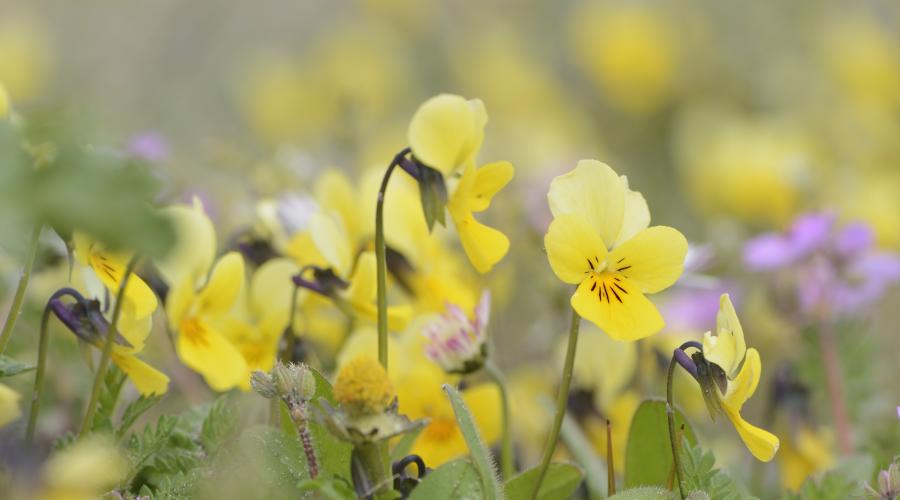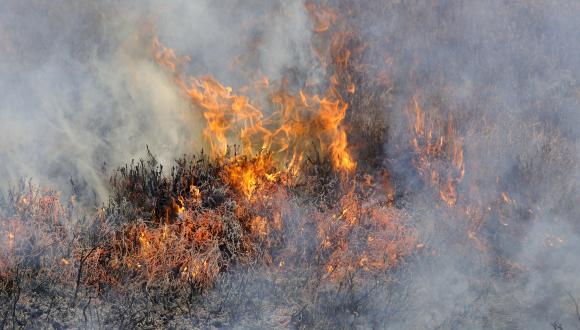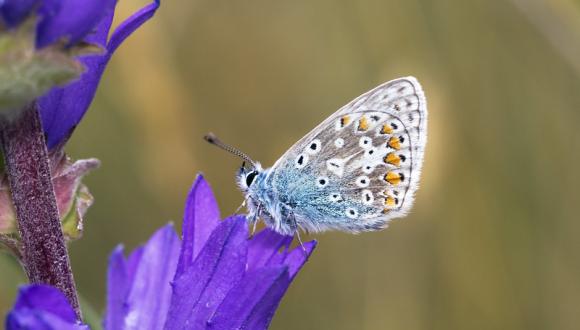
Impacts on habitats
Climate change is the single greatest threat to Scotland’s habitats, whether they’re found on our mountain tops or our seabeds.
Climate change will alter habitats in a number of ways. But there is still great uncertainty over exactly what the changes will look like.
Some habitats will be directly affected. For example, existing coastal machair habitats are likely to flood and may be lost as sea levels rise.
More often, climate change will alter the intricate ecological balances that let plants and animals grow and thrive. For example, climate change projections suggest that mountain top arctic-alpine habitats could be colonised by scrub habitats as the climate warms. But there’s also a chance that the windier and wetter summers projected could favour the arctic-alpine habitats.
Ocean acidification from rising levels of atmospheric CO2 is likely to have wide-ranging and complex impacts on marine ecosystems. Habitats that depend on reef-forming corals are likely to be particularly affected.
Climate change will affect different habitats in different ways:
- sand dune habitat may start to move inland
- rivers will flood more often as rainfall patterns change
- arctic heath will need to move further north and/or to higher altitudes – zones already on mountain summits will have nowhere to go
- peat soils and peat bogs may dry out and erode with rising temperatures and reduced rainfall
Habitat loss or damage due to climate change
Some habitats are likely to be lost. But a more common outcome is perhaps really significant changes within existing habitats.
For example, pinewoods may keep their pine trees but lose the heathery vegetation beneath trees to grasses and bracken due to reduced frosts and more nitrogen enrichment. Grass and bracken may grow in its place, in turn affecting local wildlife.
Coastal habitats may be lost in places where they can’t migrate inland due to coastal defences. The UK currently loses 100 hectares of saltmarshes and mudflats each year to rising sea levels and erosion.
Habitat responses to climate change
The rapid pace of climate change is one of its main threats, and the ability of habitats to respond quickly will be limited.
Habitats supported by natural processes are better able to respond to climate change. For example, rivers with natural patterns of erosion and intact floodplains will be best able to cope with increased flooding. Developing towns and roads on floodplains reduces a river’s ability to respond and increases the risk of greater flood damage to properties.
Having enough space and connectivity are other factors that will help habitats to respond. Habitat networks could play a big part - isolated areas of habitat will be more likely to suffer permanent damage from rapid climate change.
Predicting change
We can’t predict how climate change will affect Scotland’s habitats as well as we’d like. Further research will help us to better anticipate and manage climate change effects.
Recent research has found that climate change can damage habitats in some unexpected ways. It appears that the acidification and nutrient enrichment effects society is already having on freshwater habitats will worsen with climate change. And specific pathogens may become more damaging to woodland with rising temperatures and rainfall.
Find out more
Fresh waters and climate change in Scotland
Climate change and nature information sheet
Podcast: How climate change is affecting our weird and wonderful weather





